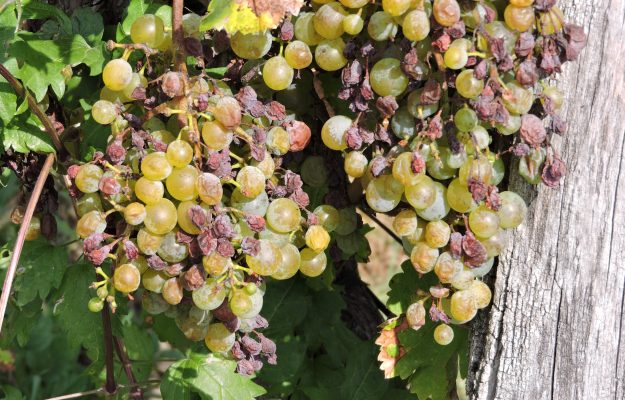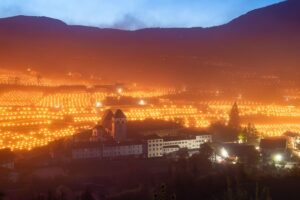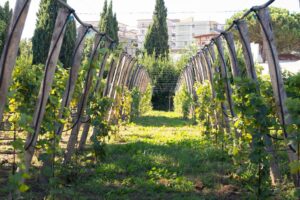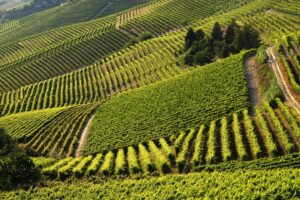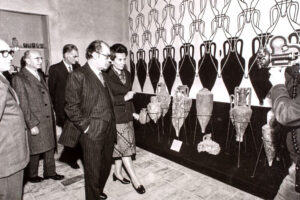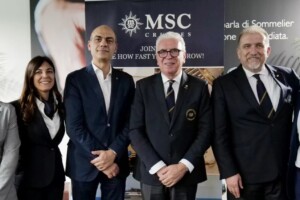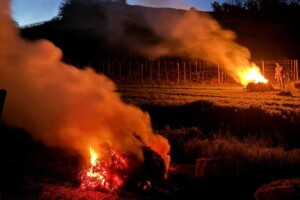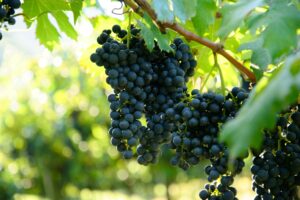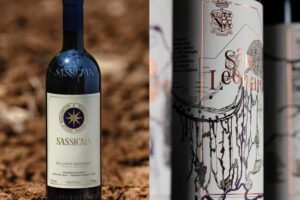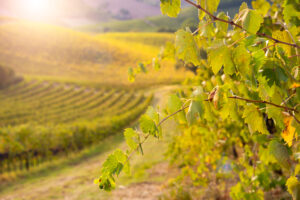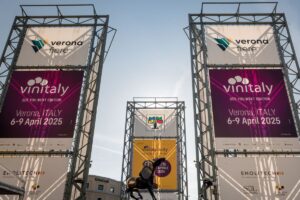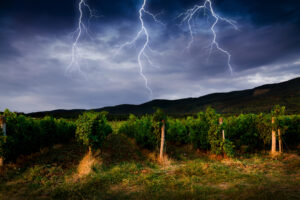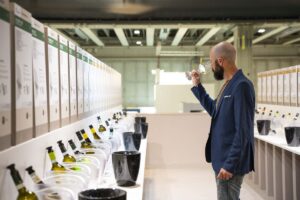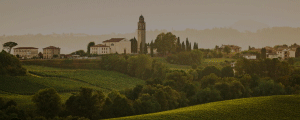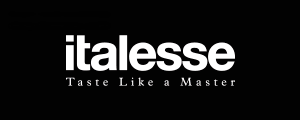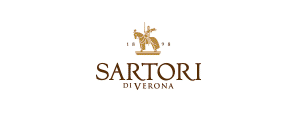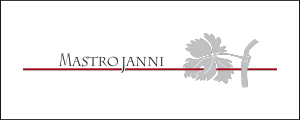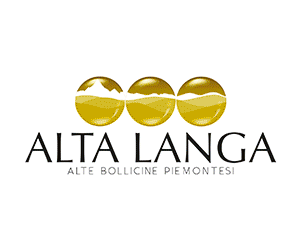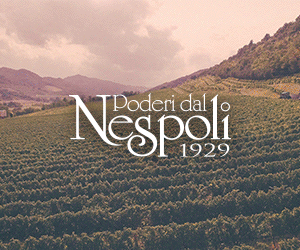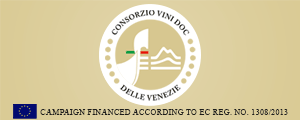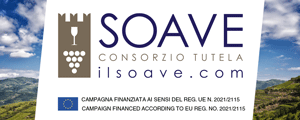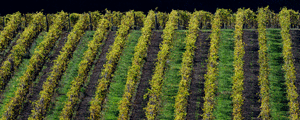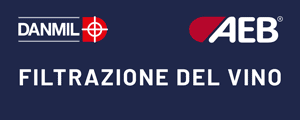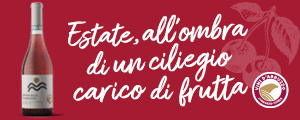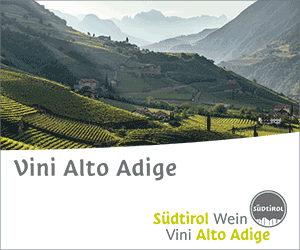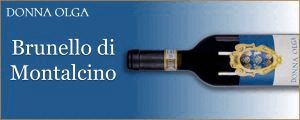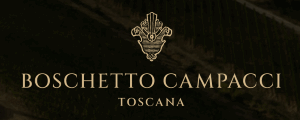The downy mildew alarm is rising exponentially in Italian vineyards. This matter has been on the table for quite a while, as WineNews, one of the first in Italy, has reported, together with agronomists and researchers such as Leonardo Valenti, Attilio Scienza, and Adriano Zago. In addition, the Italian wine federation, FEDERVINI, over the past few days, has also collected a round of opinions from its wineries (including names such as Tasca d’Almerita, La Scolca, Leone de Castris and Gotto d’Oro). And now, the grape harvest Observatory of Assoenologi, the agro-food markets institute, ISMEA, and the Italian Wine Union (UIV) have also come back to the subject, activating a survey in the Italian countryside (which on September 12th, in Rome, will present its harvest estimates, ed.). The pathogenic phenomenon, the Observatory explained, is affecting especially the areas on the Adriatic coast, starting from Abruzzi and Molise, that have registered up to 40% in losses, as well as many areas in the regions of Marche, Basilicata and Apulia, where losses are expected to reach 25-30%. The situation is also quite difficult in Umbria, Lazio and Sicily and, partially, in Tuscany. The organic vineyard - which represents almost 20% of Italian vineyards - has been heavily affected and many areas have been largely compromised. The other areas, instead, have not been greatly affected.
“The abundant and continuous rains that characterized spring and early summer were the cause of pathogenic diseases in the vineyard, starting with downy mildew. In some areas in Italy, especially in central-southern Italy, even though limited to a few areas, a drop in production is certain, reaching peaks of 40 - 50%, and in some cases even 60%”, Riccardo Cotarella, president of Assoenologi, explained. He added, “Afternoon rains, humidity at night and the morning sun were, unfortunately, the perfect climatic conditions for downy mildew to develop, which attacked all the vineyards and especially the more sensitive varieties. However, damage can be limited from a quality point of view through careful, scientific management of the vineyard. We now have to resort even more to precision viticulture to save healthy grape bunches, because we just have to adapt to this crazy climate that changes from year to year, by researching new scientific systems that allow us to govern climate change. I am convinced, however, that even in this complicated season, we will without a doubt have a reduced quantity of product, but the scientific, professional and passionate work of the oenologists will guarantee high quality wines”, the president of Assoenologi concluded. “The sector is definitely experiencing a complicated season, due to the lack of both domestic and foreign demand”, Fabio Del Bravo, Head of the ISMEA Rural Development Services Department, also emphasized, “in the context of high stocks and prices that do not fully meet the expectations of winemakers. While being aware of the ongoing situation, on the eve of a harvest that doesn’t promise to be easy, we invite everyone to be cautious. ISMEA will reserve the right to carefully monitor the conditions of the vineyards in the next few weeks, and provide a more accurate picture in the first half of September when the situation will be clearer”.
“Blight cannot solve the problem of inventories, for the simple reason that a disease cannot solve a weakness in the system. If this year - and I emphasize if - production were to be less than the usual 50 million hectoliters”, Lamberto Frescobaldi, president of the Italian Wine Union (UIV) and at the helm of one of the oldest and most important Italian wine companies, Marchesi Frescobaldi, commented, “it will be due to the effect of a parasite that affects both the good and not as good vineyards on the same level. On the other hand, the problem of overproduction is an aspect that sector policies should address with greater determination. In our opinion, harvests of 50 million hectoliters are now anachronistic for a leader country that should focus its actions on growth objectives, not volumes, but rather on upward positioning. Unione Italiana Vini (UIV) is convinced that, to counterbalance a trend, which at the end of July will probably lead us to having the largest load of stock in cellars, in the last 10 years, we need to rationalize the offer better, based on suitable rates of denomination/bottled wine, stricter rules on reclassifications and downgrades, specialization of the districts according to potential. Now”, Frescobaldi concluded, “we can no longer afford to produce wines without a name and surname, the generic ones, as well as having a third of the PDO-PGI that bottles less than 40% of their potential. The complexity of the system requires radical choices also in terms of promotion, by strengthening actions aimed at assessing the actual success of activities carried out abroad”.
Copyright © 2000/2024
Contatti: info@winenews.it
Seguici anche su Twitter: @WineNewsIt
Seguici anche su Facebook: @winenewsit
Questo articolo è tratto dall'archivio di WineNews - Tutti i diritti riservati - Copyright © 2000/2024










